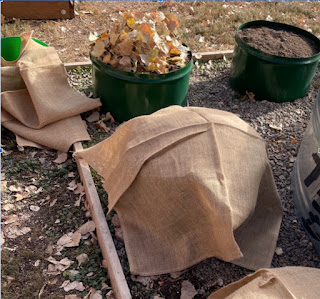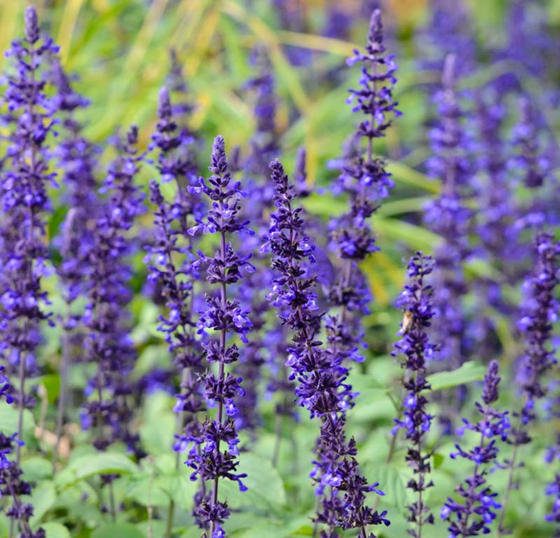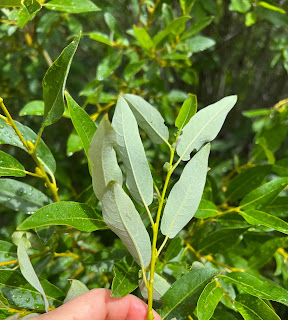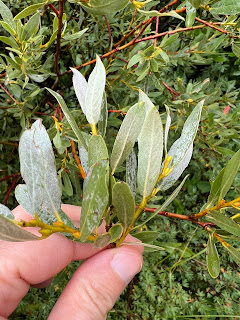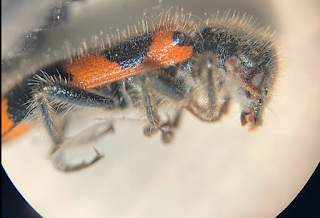by Yvette Henson, CSU Extension, San Miguel Basin
It’s that time of year again! That time when garden seed catalogues are arriving in our mailboxes, either in our post office boxes or in our email inboxes. Most seed companies highlight new introductions for the year. I recently attended a webinar hosted by a well-known seed company all about their veggie introductions for 2024 and so I thought it would be fun to write about some of the new varieties I have seen in catalogs that I am thinking about growing in 2024. As a CSU Extension employee, I want to say that I am not recommending certain seed companies or varieties over others. There are too many seed companies and too many new listings for me to cover in this blog. Do your own research with your own growing goals, your own specific growing conditions, and your favorite seed companies in mind. Try something new.
A local seed company that I get a lot of seeds from is High Desert
Seeds. Their seeds are all grown regionally. I have grown a couple of seed crops for her
myself. This year, I want to try her ‘Blue
Star’ mustard. I want to use it like a southern stewing green (my hubby’s
request) but it can also be used young in salad mixes. In the south, they grow mustard greens in the
winter months, but I will have to grow mine in spring and fall.
 |
| Photo credit High Desert Seed |
Johnny’s Seeds are popular with small farmers and gardeners. They have many talented breeders on staff. Each year, I like to grow something I haven’t grown before and this year I am planning on growing a variety of Asian greens. I would like to grow two of their new introductions in the Asian green category: ‘Haku’(F1) Chinese cabbage and ‘Green River’(F1) komatsuna green. They are also offering what they claim is the first white Romanesco cauliflower called ‘Whitaker’(F1). Baker Creek also offers a white spiraled cauliflower that is open pollinated called ‘De Jesi’. The standard Romanesco has the equally beautiful and tasty chartreuse green spirals. White is more unique. While I will give one of the white ones and a green one another try, I have found cauliflowers difficult to grow, especially the beautifully fractalled Romanesco varieties.
 |
| 'Haku' Chinese cabbage Photo credit Johnny's Seeds |
 |
| 'Green River' Asian green photo credit Johnny's Seeds |
 |
| 'Whitaker' romanesco cauliflower photo credit Johnny's Seeds |
There is a cost for the Whole Seed Catalog from Baker Creek but it may be worth it to you because it contains interesting articles with history, growing conditions and recipes for a select number of crops. The regular printed catalog is free, and they have a website where you can find all they offer. Most of their seeds are open pollinated so it makes it easier to save your own seeds! In this year’s Whole Seed catalog, one of the featured plants is Couve Fronchuda, a Portuguese semi-heading kale, Brassica oleraceae var. viridis. It is more closely related to sea kale than to the kale we generally think of. It is traditionally used in soup.
 |
| photo credit Baker Creek Seeds (Rare Seeds) |
When we go visit our grandsons in California, I often go to a local health food store. There they have a seed rack for Redwood Seed Company. I usually buy 1 or two packs of seeds and have had success with them. This year they are offering Japanese indigo, Persicaria tinctoria, a dye plant. I live at 8,200’ with cool nights but I think it is worth a try since it is the leaves that produce the dye, and it is supposed to mature in 80 days. It can also be started early indoors and planted out when it’s warm enough. This may give it a jump on the season.
 |
| Photo credit Redwood Seeds |
Floret Flowers is a cut flower/seed business that has gotten into breeding some lovely flowers in atypical colors. They have their own lines of celosias, dahlias, and zinnias. I want to try growing their ‘Limonata’ celosia. It is another warm season variety that may be a bit difficult to mature in my garden. I will start them early and grow them outdoors as well as in my high tunnel greenhouse.
 |
| photo credit Floret Flowers |
Check out this beautiful ‘Mission Giant Orange’ marigold introduced for 2024, exclusively by Burpee Seed company!
 |
| Photo credit Burpee Seeds |
I would be curious to know what you are planning on growing in the coming season. Be sure to check out all the new introductions in the catalogs, both in print and online!

